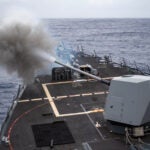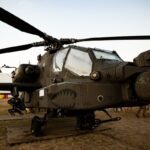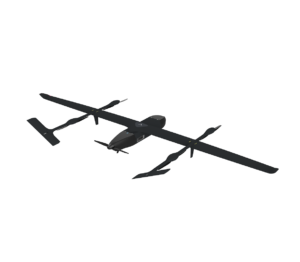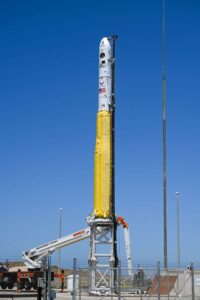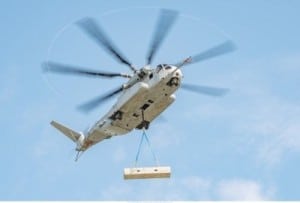
Already several days past its desired deadline for launching low-rate initial production (LRIP) of the CH-53K King Stallion, the Marine Corps says it and Sikorsky are simply waiting for the green light to begin building the heavy lift helicopters.A decision on whether to begin LRIP was scheduled for March 31, but as of April 3 the Defense Acquisition Board had not made the call, according to Col. Henry Vanderborgt, the Marine Corps heavy lift helicopter program manager.“We’re waiting for [the…

 By
By 